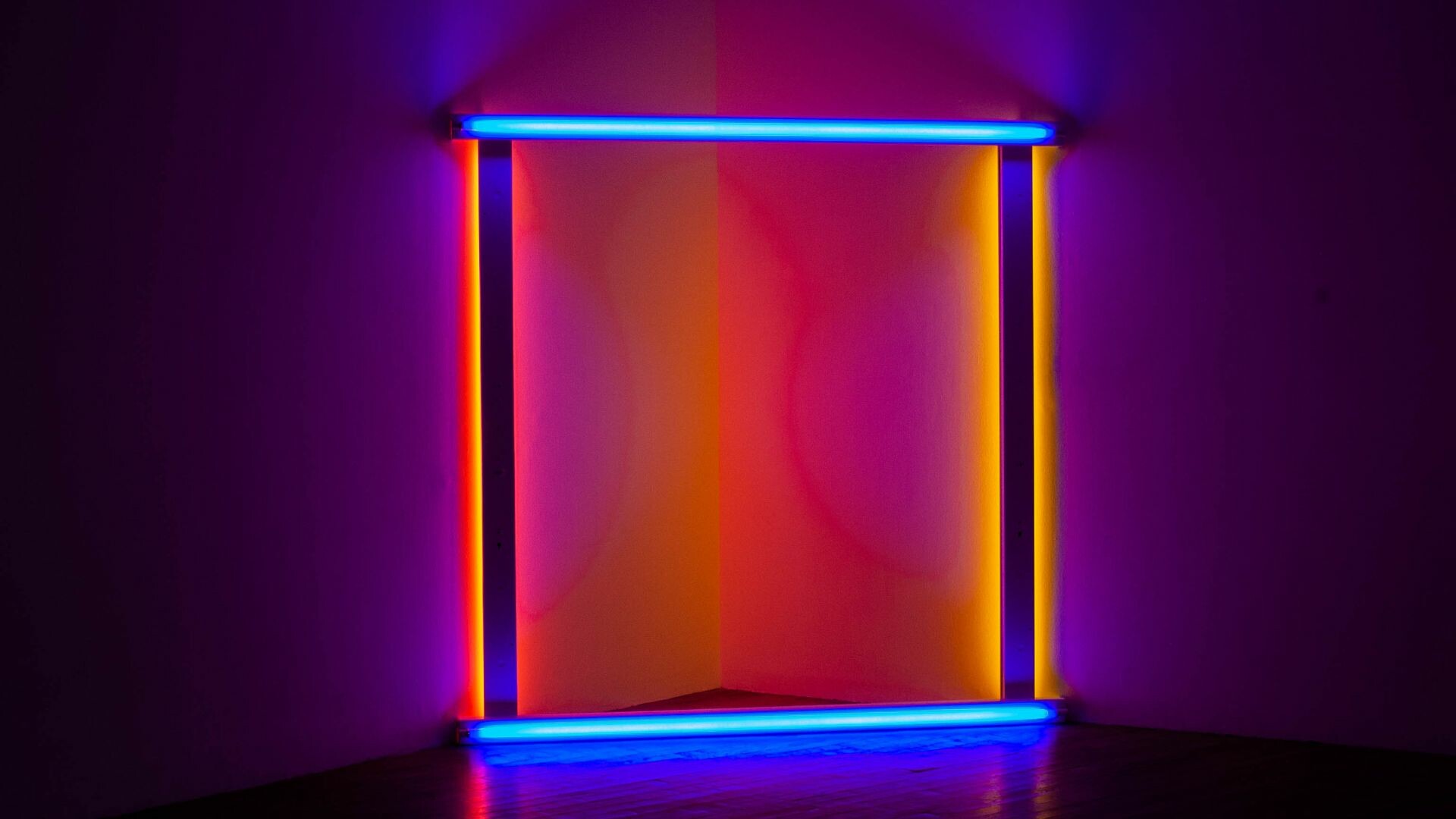What are you doing when you get your best ideas? Those moments when you suddenly get a flash of insight. A lot of people report something strange. They get their ideas when they’re not trying. Common places are in the gym, on the train, walking, falling asleep or in the shower.
So why do we not consider this a legitimate part of the creative process?
Is it because of the location it happens? The lack of validation from others? Possibly. Something is definitely going on when we’re switched off. Parts of the brain continue to work on our problems, joining the dots and we’re just not aware of it. The other factor is that it’s universal. We all get ideas.
We teach people a lot in our schools and universities. But often, it falls into the category of reductionism. We analyse things. We cut them up into parts and then cut those up into smaller ones. It is in our exam questions: “What were the causes of the French Revolution?” or “What are the five steps to forming a contract?”. It leads to us specialising because communication, trade and specialisation are a hallmark of a sophisticated, efficient economy.
Traditional education gives us one way of thinking. Analyse everything. Try hard. Stop daydreaming. Pay attention.
Not only is this restricting, but it can also actually be harmful. The first place we use analysis is on ourselves. Look at the many ways that you are different to this ‘model’. Look at the many ways this other person is doing better than you. Fortunately, we’re starting to break some of that down.
There is another way. Joining the dots is just as effective for understanding. Let’s try an example. Here’s a car. Analyse it and you get an engine, transmission, wheels and brakes. You might conclude it’s a transportation device, a human utility. Make the car a dot and join it to other dots and something else happens. You put fresh air in the front and get carbon-filled air out of the back. You might rightfully conclude it’s a threat to humanity.
These are two different ways of thinking with two opposite conclusions. But in school, we were told, there is only one right answer. It’s at the back of the book. It’s only true for one sort of thinking.
Fortunately, your brain has some defence mechanisms. Biologists refer to this as ‘homeostatic defence’. It’s the sort of phrase you use at dinner parties to impress folks. The further you push the brain to analyse, the more it wants to bounce back. This is why many of you will have gone off to daydream three paragraphs ago. Congratulations if you’re still here.

Understanding how creativity works is not just a nice to have. If we want growth in our industry, we need a better understanding of how to train, use and apply creativity.
The falling cost of digital technologies has democratised creativity and made it available to all of us. Digital overlays, augmented reality, AI, dual-track video and CGI – are just some of the new techniques. But what use are these new engines without the fuel that drives them?
This fuel is within us all. Einstein said that “Creativity was the residue of time wasted”. We don’t waste time anymore. Tell anyone that you did nothing at the weekend and they’ll think you’re a right loser.
In any revolution, we can see that it wasn’t one event that triggered it. It was several. This one is about a similar confluence. It’s not about just one thing.
The best creativity comes from joining the dots AS WELL AS analysing. We don’t just need graduates, we need non-graduates as well. Inclusivity is the essence of parenthetic thinking.
Convincing clients about creativity is a sedimentary process. You need to build trust. Our industry is well positioned for this. We talk to the client regularly. We have a broad situational fluency. We can see what’s going on across the horizon. We should be good at this. Furthermore, the demand for fresh digital assets is becoming greater. Even B2B brands are beginning to see that EVERYTHING is visible. ALL of the time.
There’s another reason for putting creativity at the core. Competence follows preference. You get good at what you like doing. Most of us didn’t persist with a subject at school because we hated the teacher. We chose this industry because we need to express ourselves. We like it.
When we embrace creativity, we get commercial growth, personal engagement, profound understanding and great enjoyment. So, what are we waiting for? This is a huge opportunity to change how the world works. We just have to start with changing the way we work first.



